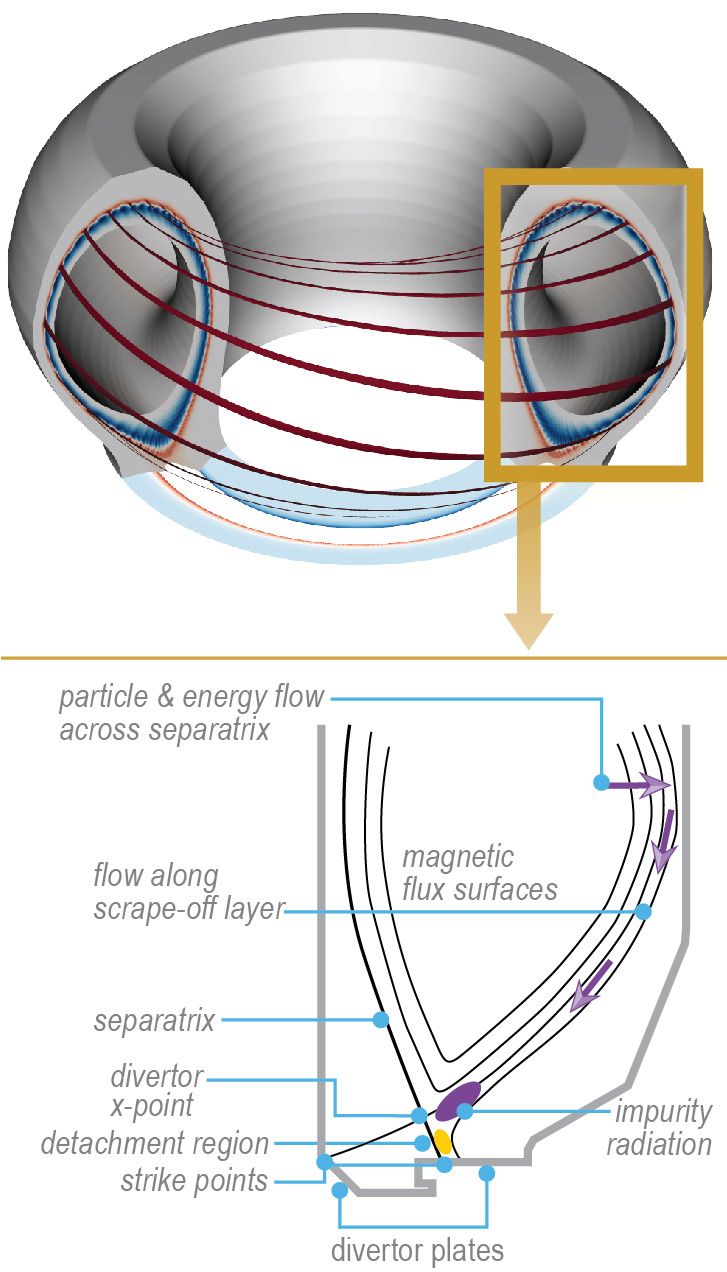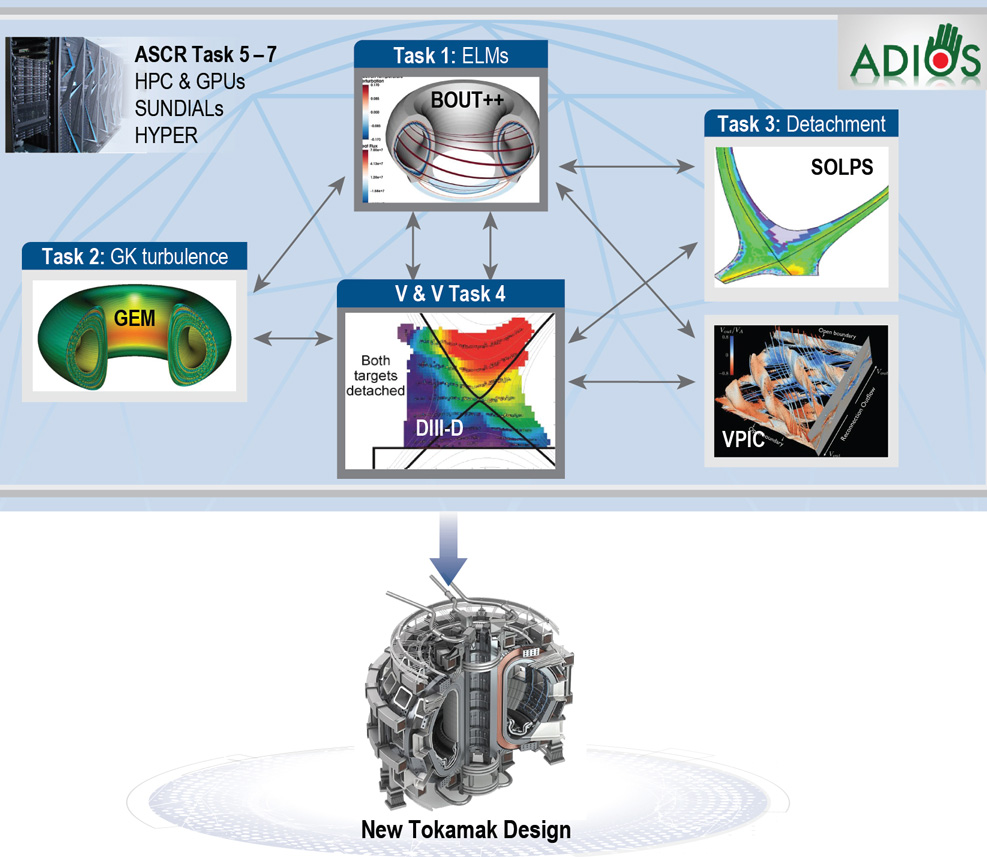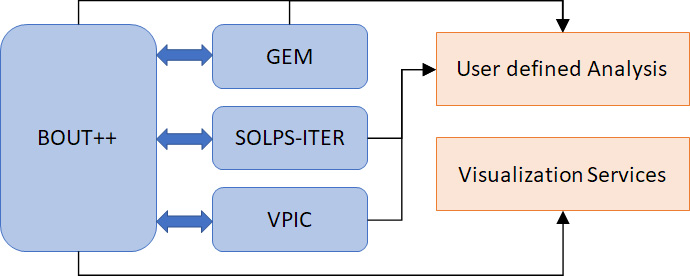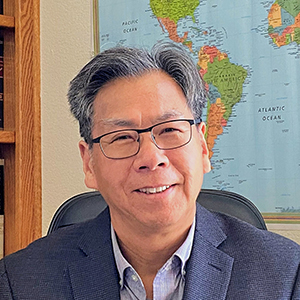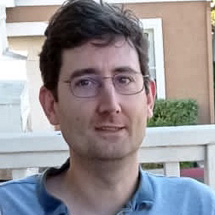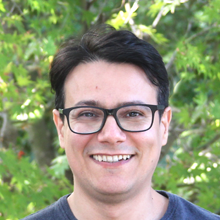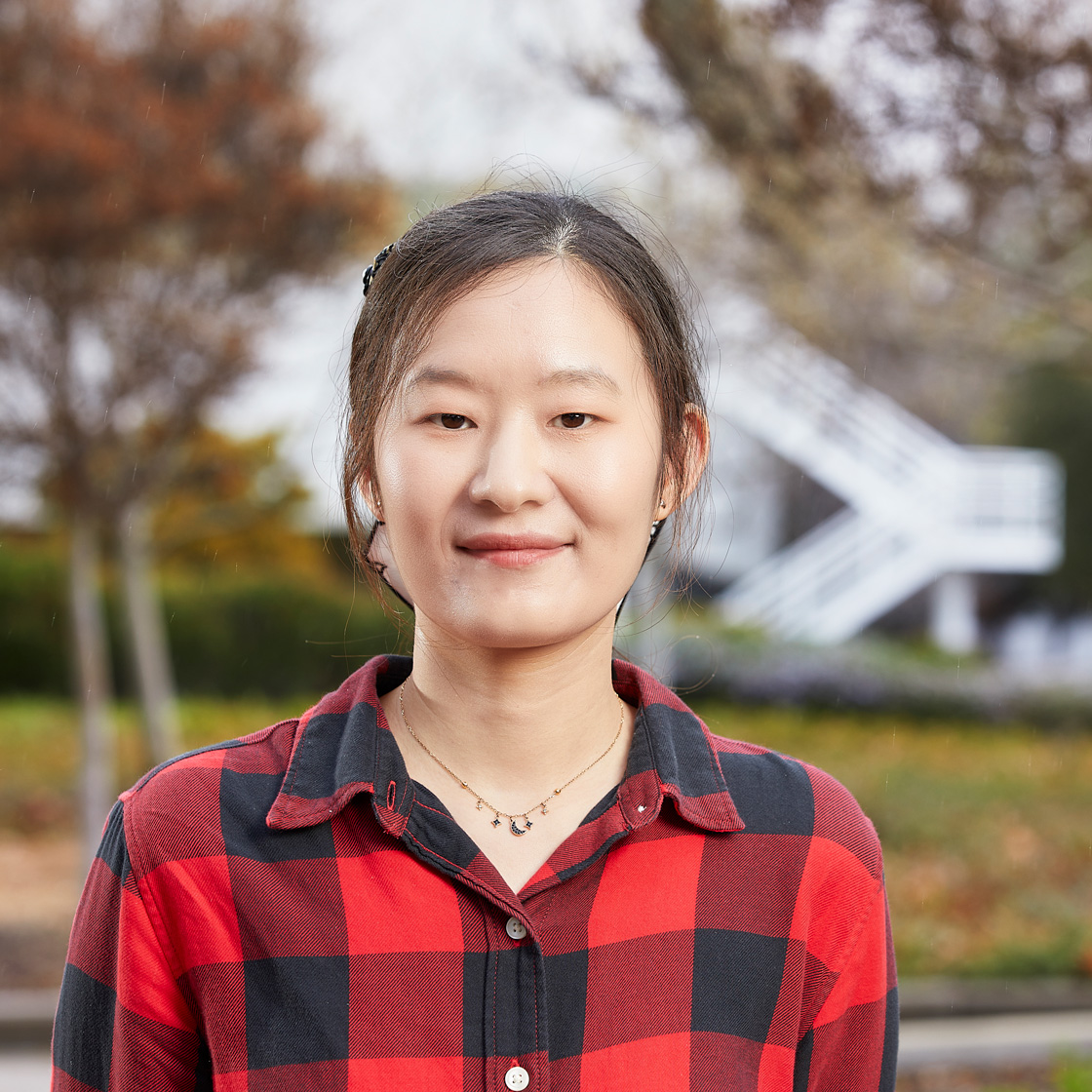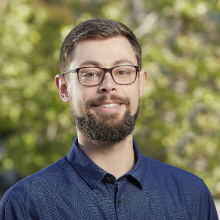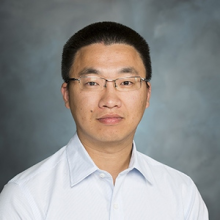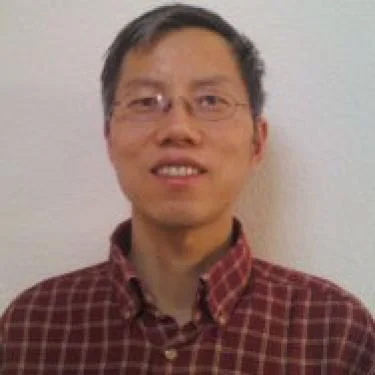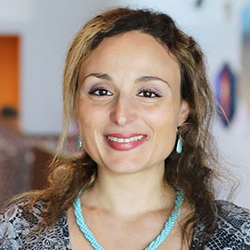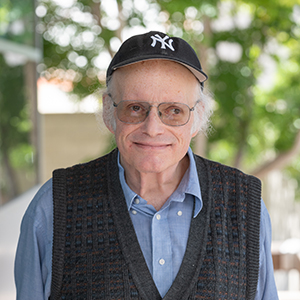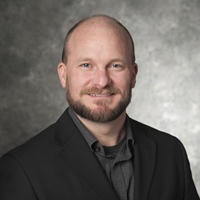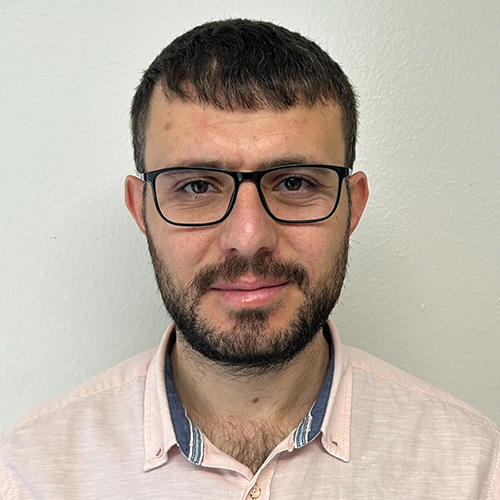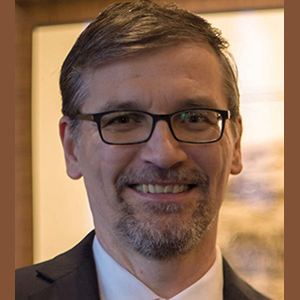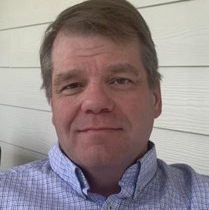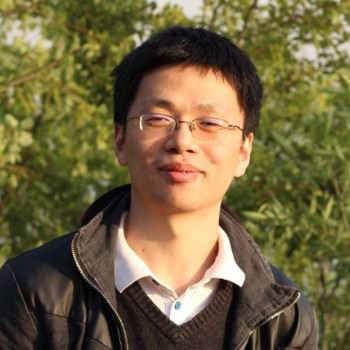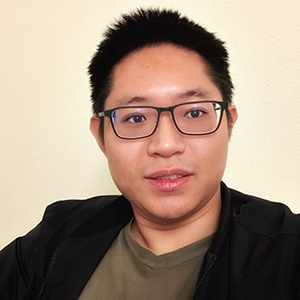Advancing plasma boundary dynamics through simulations and experiments, with a focus on fluctuations (especially small edge-localized modes), edge-scrape-off layer coupling, and divertor exhaust control.
The Advanced Boundary Plasma Dynamics (ABOUND) project seeks to advance the understanding of boundary plasma physics by developing advanced multi-scale, multi-physics simulation capabilities. Through the integration of advanced computation, theory, modeling, and experimentation, our goal is to optimize the management of tokamak plasma exhaust while maintaining high confinement in H-mode. We focus on critical areas including small edge-localized modes (ELMs), pedestal turbulence, pedestal scrape-off layer (SOL) coupling, edge relaxation dynamics, and divertor heat load control, all of which are vital for the operation of ITER and the Fusion Pilot Plant (FPP).
Addressing these challenges involves a comprehensive suite of numerical simulations—spanning fluid models to full gyrokinetics—and necessitates collaborative efforts to achieve breakthroughs in complex boundary plasma dynamics. Success in these pursuits promises significant contributions to fusion science, including enhanced confinement characterization, the SOL width broadening, more accurate heat load predictions, prevention of H-L back transitions, and improved control of detachment while avoiding ELM burn-through in future fusion reactors.
Research
(top) Geometry of a tokamak with a single-null divertor, in this case DIII-D. (bottom) Particles and energy flow across separatrix and down the scrape-off layer (SOL) onto the divertor plate. Alt: A tokamak with a single-null divertor above a diagram showing how particles and energy flow across separatrix and down the scrape-off layer onto the divertor plate.
Our research aims to address critical challenges in achieving magnetic fusion energy (MFE) by focusing on boundary plasma dynamics. To realize practical MFE, researchers must connect a high-temperature core plasma to a cooler boundary plasma region while ensuring efficient fusion in the core and protecting plasma-facing components (PFCs). Maintaining high confinement plasmas and managing exhaust plasma flows to divertor plates are crucial. The project leverages advanced computational tools and simulations to gain a deep understanding of these complex plasma regions, contributing to the development of ITER experiments and FPP designs.
Boundary plasma studies pose unique challenges due to small equilibrium scales, complex geometry, and varying collisionality. To address these complexities, we will employ a suite of numerical simulations, ranging from fluid models to gyrokinetics. Our research focuses on ELM dynamics, stability and turbulence transport, control of divertor-plasma detachment, and management of heat and particle exhaust. Key objectives include:
- Achieving steady-state high-performance operation
- Mitigating large ELMs
- Exploring small ELM regimes
Our ultimate goal is to provide predictive tools for future fusion reactor designs while maintaining stability against plasma variations.
Proposed project and tasks
Our proposed physics research project represents a multifaceted initiative aimed at pushing the boundaries of our comprehension regarding the critical physics challenges encountered in magnetically confined fusion experiments. Comprising intricately interlinked tasks, this project squarely addresses a spectrum of issues encompassing ELMs, pedestal turbulence, divertor-plasma detachment, and the critical aspect of simulation validation.
Fusion Energy Science (FES) physics
- Task 1: Simulate ELM dynamics, focusing on access conditions and the physics of small ELMs.
- Task 2: Explore pedestal gyrokinetic turbulence and transport in small/no ELM regimes.
- Task 3: Investigate detached divertor-plasma and ELM-detachment interactions.
- Task 4: Verify and validate on DIII-D and other tokamaks.
Advanced Scientific Computing Research (ASCR)
- Task 5: Develop advanced time integration and model coupling algorithms.
- Task 6: Accelerate BOUT++ using GPU technology.
- Task 7: Enhance data analysis, visualization, and code-coupling technology.
LLNL’s project role
LLNL’s expertise in high-performance computing and computational science contributes to pioneering work in devising innovative computational methodologies, addressing the imperative of computational efficiency, and developing robust code-coupling strategies.
LLNL is providing a central role in this endeavor while collaborating with other national laboratories, universities, and industry. LLNL’s involvement extends to harnessing advanced time-integration algorithms, notably those drawn from the SUNDIALS software library, and leveraging multigrid solvers from the HYPRE library, all aimed at augmenting the performance of simulation codes. Central to the project’s objectives is the mitigation of risks associated with code coupling and GPU acceleration, while diligently safeguarding code stability and flexibility in adapting to the evolving landscape of GPU architectures.
This collaboration seamlessly aligns with LLNL’s broader mission to not only advance scientific knowledge but also to bolster national security and contribute to the broader realm of scientific progress.
Capabilities
The project’s planned, unique capabilities encompass a broad spectrum of critical aspects:
- Simulating ELM dynamics: These capabilities will enable the execution of highly detailed simulations focusing on the intricate dynamics of ELMs.
- Exploring pedestal gyrokinetic turbulence and transport: This project will delve into the characteristics of pedestal gyrokinetic turbulence and its profound influence on transport phenomena. This exploration will be facilitated through the coupling of GEM and BOUT++.
- Investigating ELM burn-through threshold and the underlying physics: This investigation is crucial for developing a robust plasma heat exhaust solution. To accomplish this, we will use three codes: BOUT++, SOLPS, and VPIC, each with specific capabilities:
- BOUT++ accurately depicts the 3D ELM filament effects for single large-ELM global dynamics.
- SOLPS simulates long-term (multi-small- or no-ELM) global influence on PFCs.
- VPIC describes behavior near divertor plates for local (parallel) burn-through processes with detailed sheath physics.
- Developing advanced time-integration and model-coupling algorithms: Cutting-edge algorithms will be developed to ensure efficient time integration and model coupling, ultimately facilitating comprehensive multi-physics simulations.
- Accelerating BOUT++ using GPU technology: BOUT++ performance will be significantly enhanced through the harnessing GPU acceleration, optimizing computational efficiency and speed.
- Enhancing data analysis, visualization, and code-coupling technology: The project will focus on refining its capabilities for data analysis, visualization, and developing code coupling technology, streamlining the research process.
These capabilities will empower the project to delve deeper into the realm of boundary plasma physics, enabling the acquisition of valuable insights into ELM dynamics, pedestal turbulence, and transport mechanisms. Ultimately, these insights will significantly contribute to the development of more efficient and stable fusion reactor designs.
Publications
How turbulence spreading improves power handling in quiescent high confinement fusion plasmas | Communications Physics, 2024
Z. Li, X. Chen, P.H. Diamond, X. Xu, X. Qin, H. Wang, F. Scotti, R. Hong, G. Yu, Z. Yan, F. Khabanov, G.R. McKee
Turbulence spreading effects on the ELM size and SOL width | Journal of Plasma Physics, 2024
N. Li, X.Q. Xu, P.H. Diamond, Y.F. Wang, X. Lin, N. Yan, and G.S. Xu
How fluctuation intensity flux drives SOL expansion | Nucl. Fusion, 2023
N. Li, X.Q. Xu, P.H. Diamond, T. Zhang, X. Liu, Y.F. Wang, N. Yan, and G.S. Xu
Project code
Team
LLNL
University of Colorado, Boulder

Junyi Cheng
Research Associate
University of Tennessee, Knoxville
Los Alamos National Laboratory
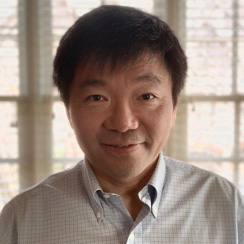
Xianzhu Tang
Co-Investigator, Institution Lead
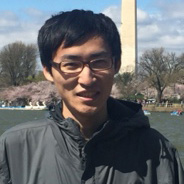
Yuzhi Li
Postdoctoral Researcher
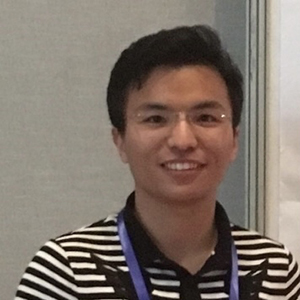
Yanzeng Zhang
Staff Physicist
University of California, San Diego
Southern Methodist University
Oak Ridge National Laboratory
General Atomics
News
Upcoming 2024 project team meeting
We are excited to announce the upcoming 2024 BOUT++ and ABOUND Joint Meeting, set to take place in Livermore, California, USA, from August 5–9, 2024. This event features two interrelated meetings: the BOUT++ workshop and the ABOUND project team meeting.
Both meetings span three days, with a notable one-day overlap on Wednesday. This strategic design promotes collaboration and interaction among participants from both meetings, providing a unique opportunity for attendees to immerse themselves in the diverse realms of the BOUT++ framework and the significant advancements enabled by the SciDAC ABOUND project. This synergy enhances the overall experience, creating a comprehensive and enriching event for all participants, from researchers to developers.
The ABOUND project team meeting will take place on August 5–7.
For detailed information and updates about the event, please visit the 2024 BOUT++ and ABOUND Joint Meeting webpage.
Get involved
We invite you to join us in advancing the future of clean and sustainable energy. Your support and collaboration can make a significant impact on our mission.
Here’s how you can get involved:
- Stay informed: Keep abreast of our project updates, boundary plasma physics breakthroughs, ongoing ELM dynamics research, and the latest developments in fusion reactor design. We’ll post information on this webpage as it becomes available.
- Collaborate: If you are a researcher, scientist, or organization with expertise in plasma physics, computational sciences, or related fields for fusion energy research, consider partnering with us. Our project offers unique perspectives and research avenues in boundary plasma dynamics. Your collaboration has the potential to ignite rapid progress in the broader field of fusion energy, amplifying the influence of your expertise.
- Support our work: If you’re passionate about the boundary plasma dynamics and the future of clean energy and would like to contribute to our project, consider supporting us through grants, partnerships, or donations. Your support can drive innovation in boundary plasma dynamics and bring us closer to achieving sustainable fusion energy.
- Spread the word: Help us raise awareness about the critical significance of boundary plasma dynamics and fusion energy research by sharing this information within your network. The more people who understand our mission, the closer we come to realizing our objectives.
By taking these actions, you can become an integral part of our mission to unravel the complexities of boundary plasma dynamics, revolutionize the energy landscape, and create a sustainable future for generations to come. Together, we can make fusion energy a reality.

